Teachable Art is back in session! This week we are exploring the art of sound. Specifically, we are focusing on vocal expression in the form of opera, musicals, notes and sound wave visualization. In this week’s blog, I share my framework for introducing your child to vocal art and ideas for at home activities that might come in handy in the coming cold weather months.
Research, research, research! We started our journey, as we’ve done many times before, in our local library. We checked out a broad range of books that focus not just on vocal expression but on instruments as well. Our top picks are as follows:
- Pet of the Met
- The Music in George’s Head: George Gershwin Creates Rhapsody in Blue
- The Story of the Incredible Orchestra: An Introduction to Musical Instruments and the Symphony Orchestra
- Leontyne Price: Voice of a Century
- The Magic Flute: An Opera by Mozart
- When Marian Sang: The True Recital of Marian Anderson
I also ended up ordering the book below as I thought it would provide a comprehensive yet accessible overview of classical music basics.
Exploring Opera and Musicals at Home: Since we have already done a module on classical instruments, we decided to focus our study on vocal art, specifically on opera and musicals. There is a lot of quality and free opera/musical content readily available online. Our new tradition is to start our days with classical music and opera has been at the top of our rotation in the recent months. This is an easy and subtle way to expose your child to classical music. I still remember listening to some of my first operas on my grandmother’s old radio while eating breakfast at her house.
Here are some of our favorites. Please note that I recommend just the audio recording because some of the opera performances may include content for more mature audiences.
Opera:
- The Best of Opera: https://www.youtube.com/watch?v=mqIljeeoLXE&list=RDQMJQ_nDi-Sddc
- Mozart’s Marriage of Figaro: https://www.youtube.com/watch?v=BYh1rmLqiYQ
- Mozart’s Magic Flute: https://www.youtube.com/watch?v=et27CpqBvBE
- Rossini’s Barber of Seville: https://www.youtube.com/watch?v=enEVv02f6bo
- Bizet’s Carmen: https://www.youtube.com/watch?v=Lx4ImMQWbAI
- Verdi’s Aida: https://www.youtube.com/watch?v=V2Uye4K733k
- The Best of Puccini: https://www.youtube.com/watch?v=a5lYyMNxR4Q
- Musicals: if you don’t want to jump right into opera: I recommend visiting your local library to check out the classics like Annie, The Sound of Music and Mary Poppins.
Seeing It All in Person: Of course there is nothing like experiencing opera and musicals in person. We had the opportunity to attend one opera and one musical this year. Here are some of my tips for making your field trip a success:
- Going to the Opera: Planning an opera trip was somewhat of an ambitious undertaking and more complicated than our trips to see ballet. This is due to three factors:
- 1) The language of the opera is rarely English as it is custom to sing in the language of the composer or his audience. Thus, you will often hear French, German, Italian and Russian. If your child can read, most theaters have screens with English subtitles during the performance. This is why reading the story beforehand is very important, otherwise keeping up with the plot might prove challenging even for the adults.
- 2) Operas tend to have long running times unlike some of the more child friendly ballet’s (e.g. Nutcracker). Here is a good source that aggregates the running times for all the well known operas (most are well over 2hours) http://www.theopera101.com/operas/runningtimes.html. I recommend buying tickets for inexpensive seats in close proximity to the exit, just in case your child becomes too tired and restless.
- 3) Some of the action and intrigue that happens in the Operas is intended for more mature audiences. Specifically, a modern take on some of the plots can be overwhelming for a young child. I recommend calling up the box office first and getting as much detail as possible about the upcoming performance. You should let the Opera company know that you are bringing a young child and ask them if there is anything in structure of the performance that might not be a good fit. This is what we ended up doing with our first trip. While we initially bought the tickets to see Carmen performed by the Boston Lyric Opera, after speaking with the box office, I changed our tickets for Wedding of Figaro. The performance was absolutely spectacular but we ended up leaving after about an hour in, as the plot intensified.
- Going to a Musical: This is a much easier undertaking and arguable a lot more fun for your child. We had an opportunity to see Mary Poppins and Annie and both were a big success. Mary Poppins was fabulously performed by the Northshore Music Theater and Annie visited Boston on tour. I recommend watching the well known classical versions of these musicals before you go, allowing your child to get familiar with the songs and the plot. That way they can sing and follow along! Needless to say, we were singing for weeks leading up and following our outing
Follow up Activities at Home:
- Become an Opera Star! Inspired by our musical adventures, Valentina spent a lot of time singing at home. In order to help her practice and get a better feel for her own pitch, we would use our Casio keyboard (for kids) and play any one or two notes and then she would try to match them with her own voice. She got a kick out of getting me to do the same and playing notes from the opposite ends of the spectrum : ) I also taped corresponding letter notes to the piano keys to help her get used to navigating the scales. If your child really likes to sing, I also recommend getting a children’s karaoke machine that will provide hours of vocal and theatrical entertainment for the entire family!
- Direct your Own Show: The other fun game that we played at home was to create and direct our own opera and musicals using songs for story telling and dolls as various characters. We also used puppets at the children’s room in the library. This is when labeling the keys on our little keyboard came in handy as Valentina would work to make a simple tune and then promptly write it down using the letter notation. It is also a good way to practice writing your letters as well!
- Sound Waves Reimagined: The most exciting follow up activity was our exploration of sound waves. This is where our study of vocal art intersected the field of Physics.
- While I have previously explained to Valentina that sound is wave that creates a vibration in our ear, I wasn’t sure if she quite understood the concept. After searching for a helpful software online, I cam across SoundViz. This company’s very fun and creative technology allows you to record your own sound and then visualize it on your computer screen. You can then customize your sound wave with various colors and order it for print as a very unique gift or art for your house or office. However, if you just want to see what a particular sound looks like on your computer screen, you can sign up for a free trial. This is what we did at first, which Valentina really enjoyed. We liked the product so much, I ended up ordering two prints for the house.
Next we are exploring color and a lack there of with Mark Rothko’s multi-form and color field paintings and Japanese monochromatic art both currently on display at The MFA. Stay tuned!
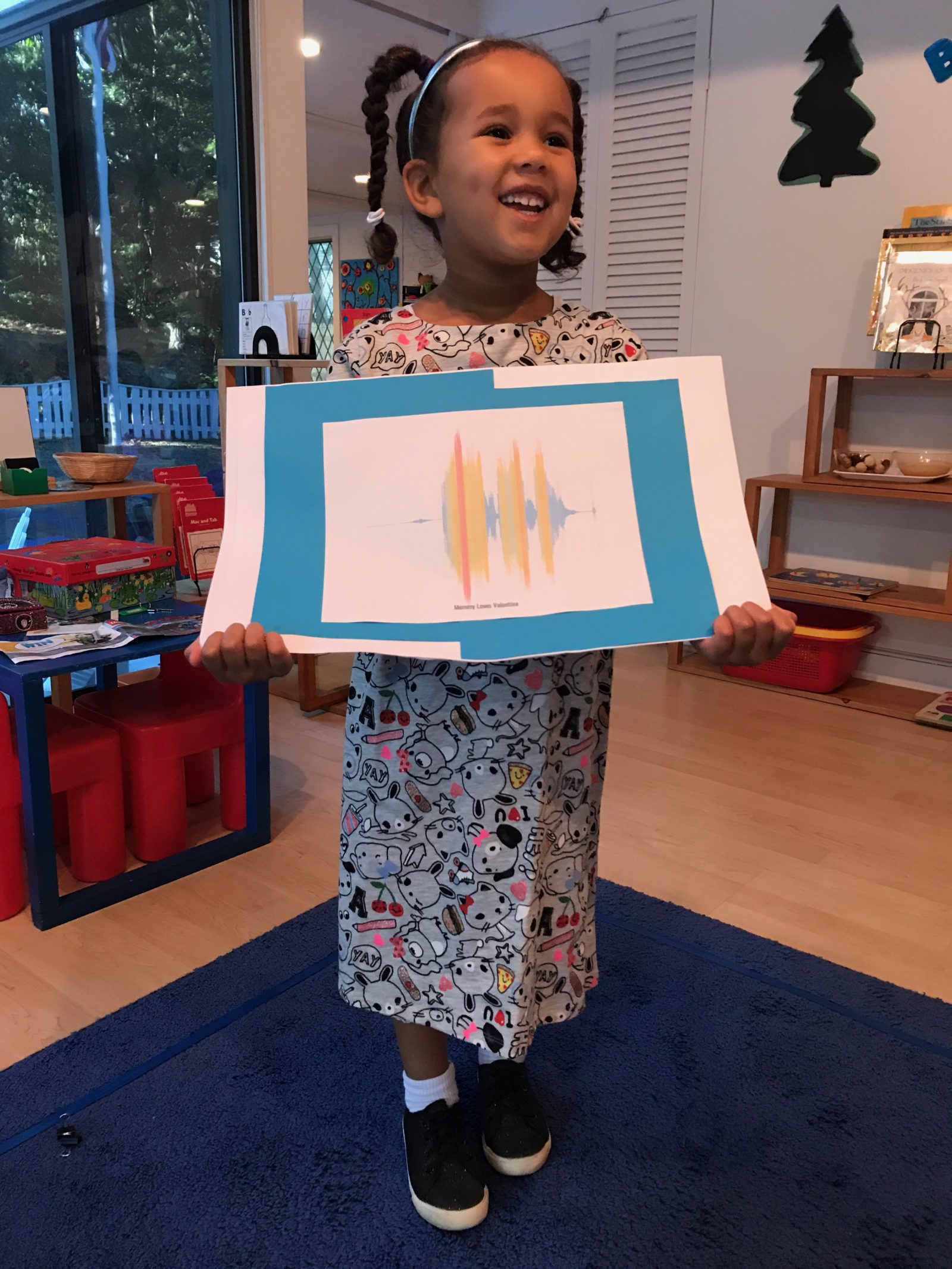
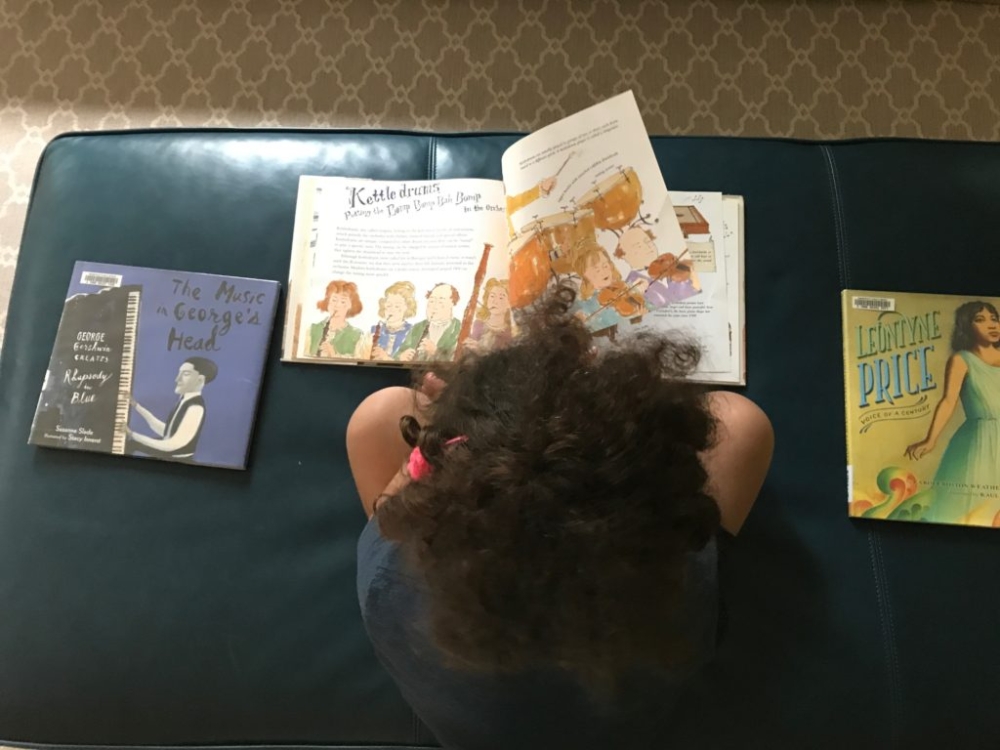
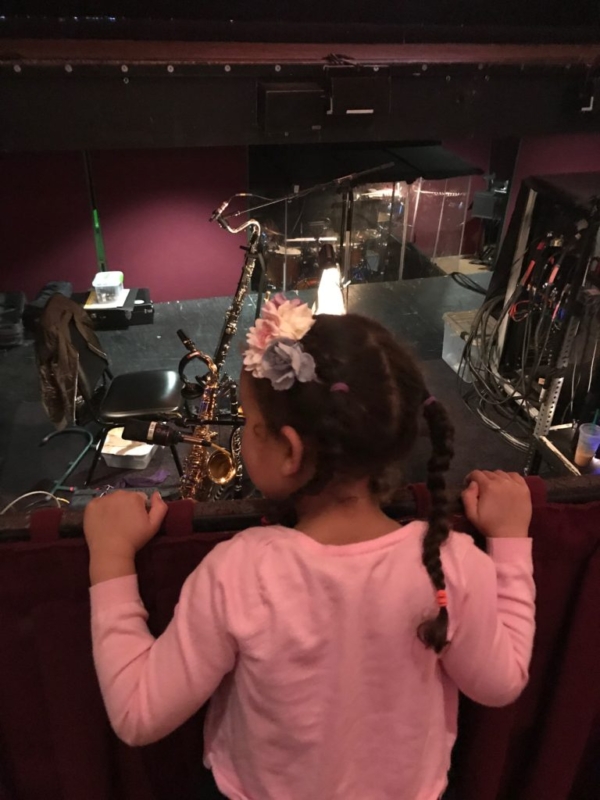
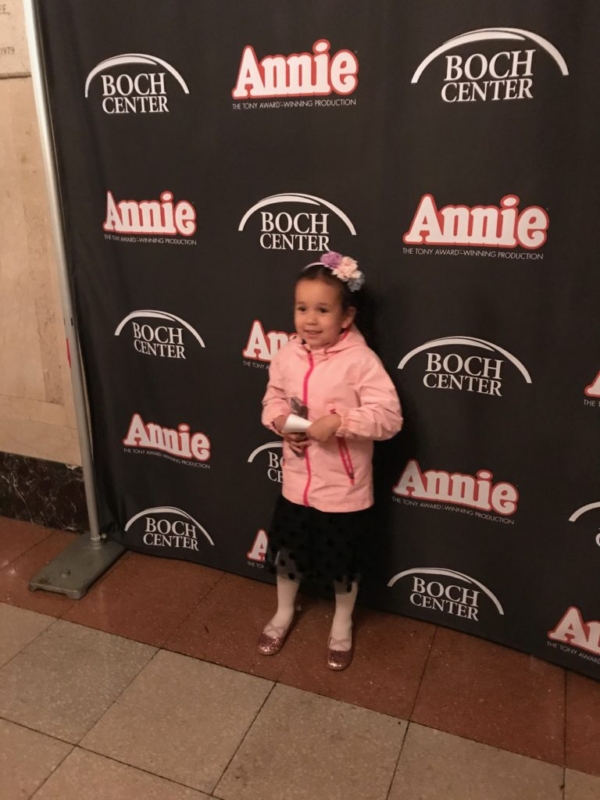
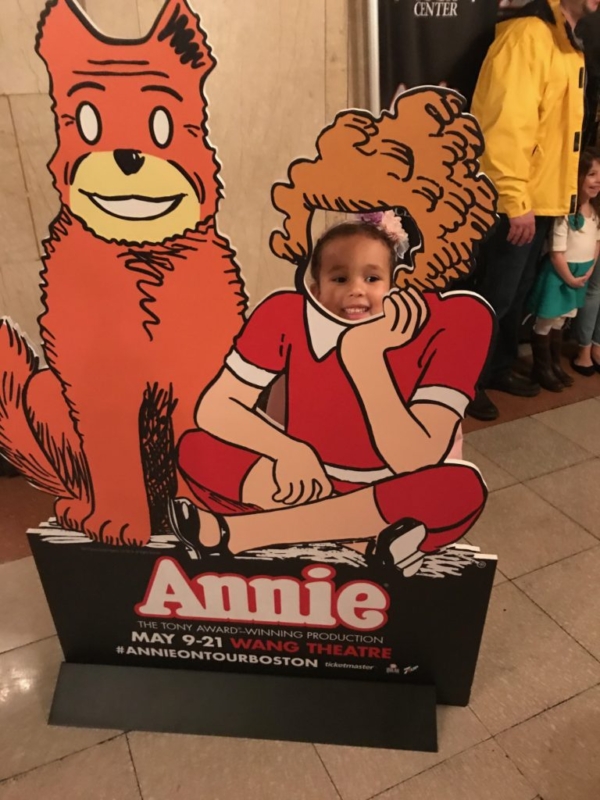
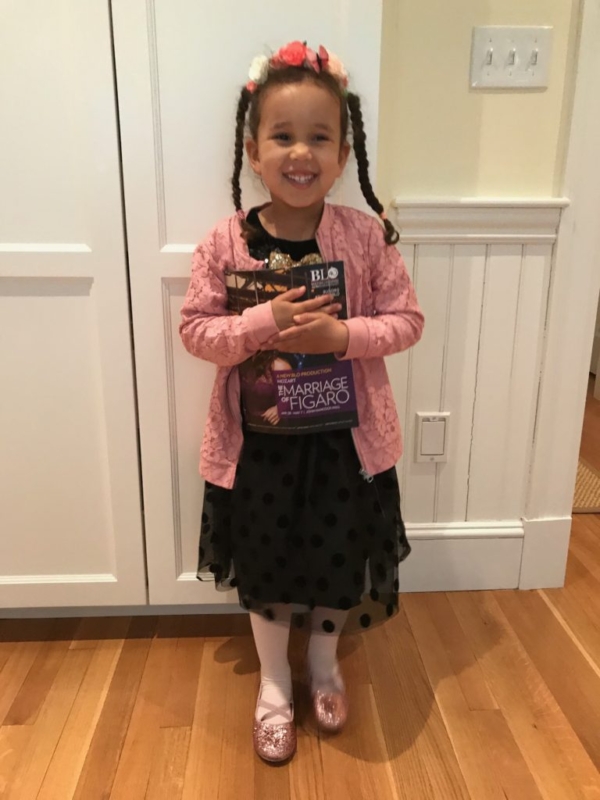
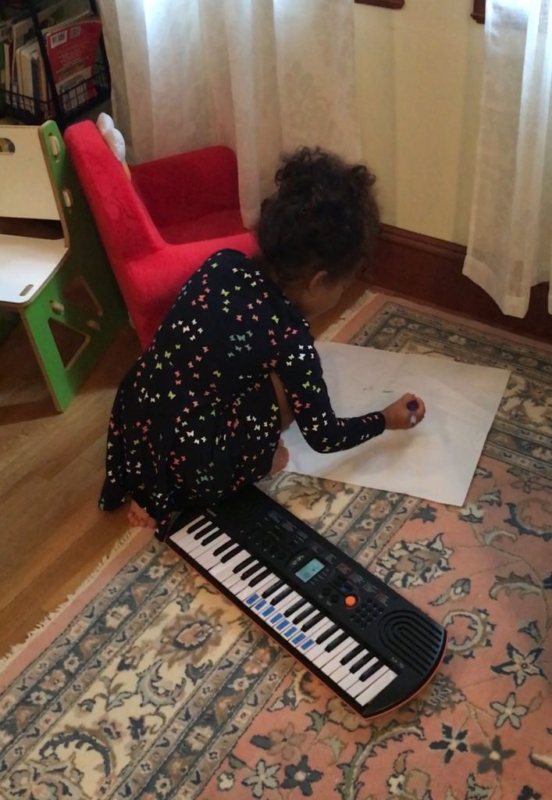
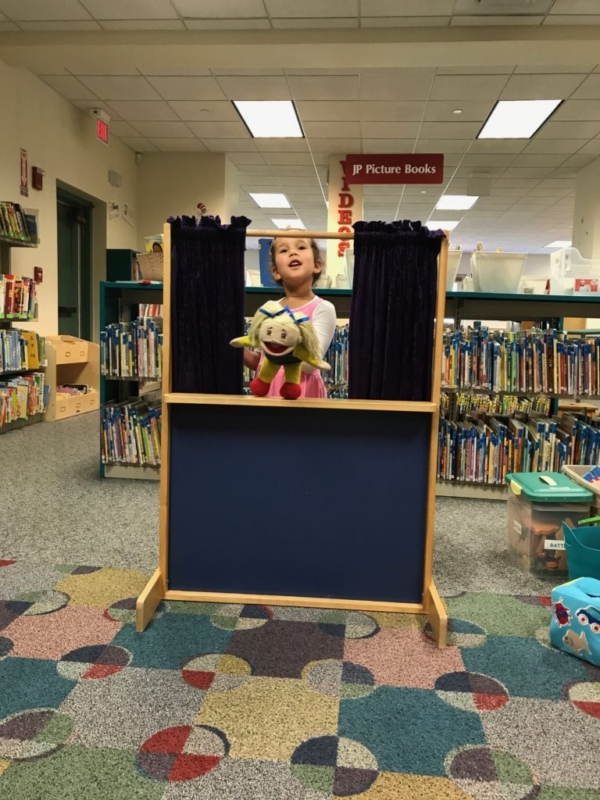
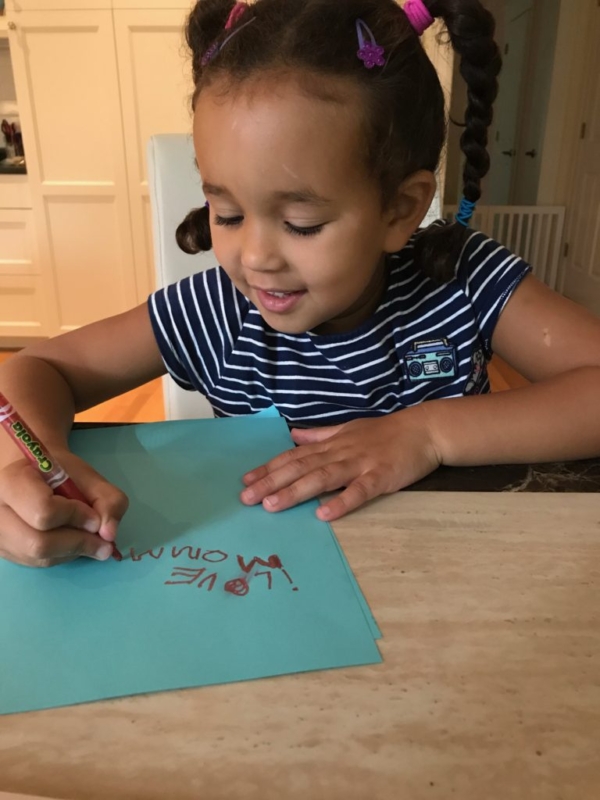
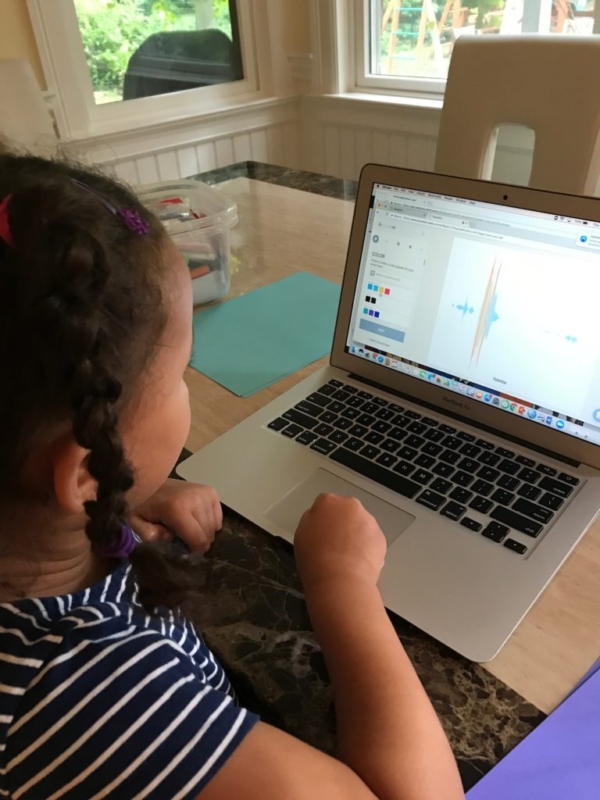
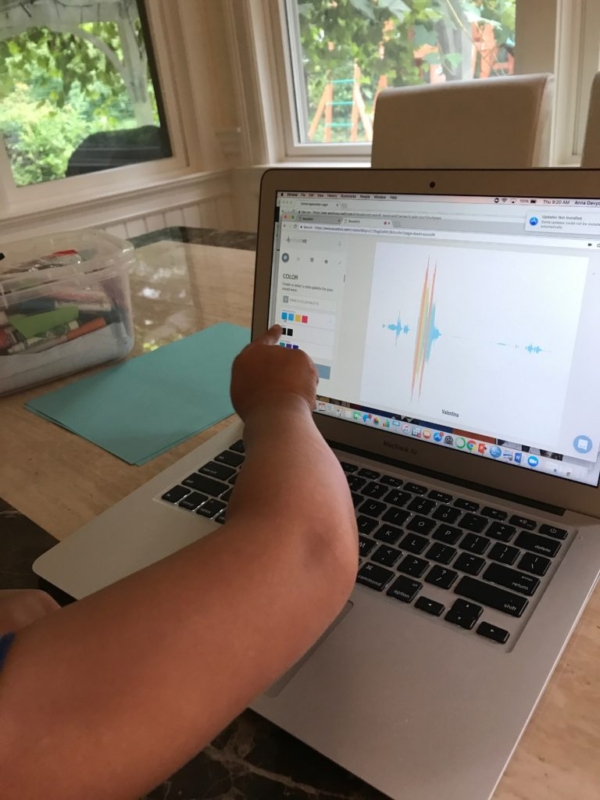
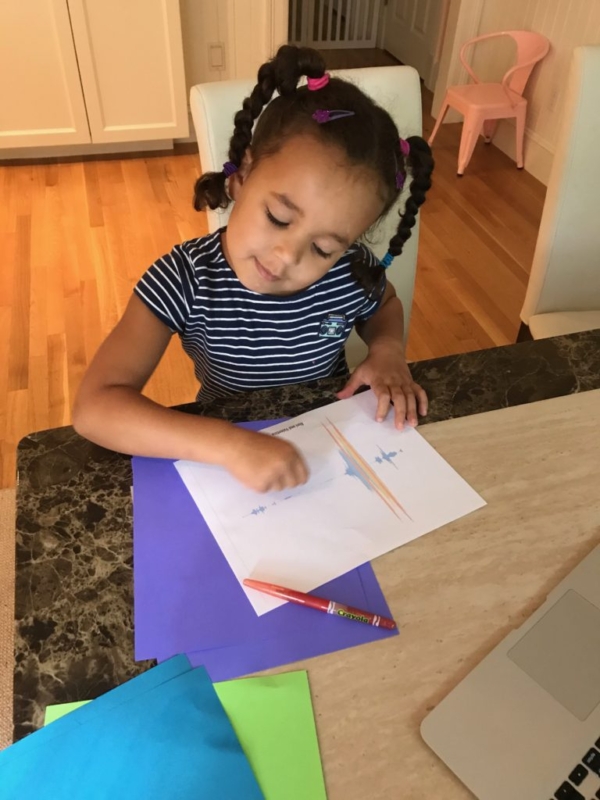
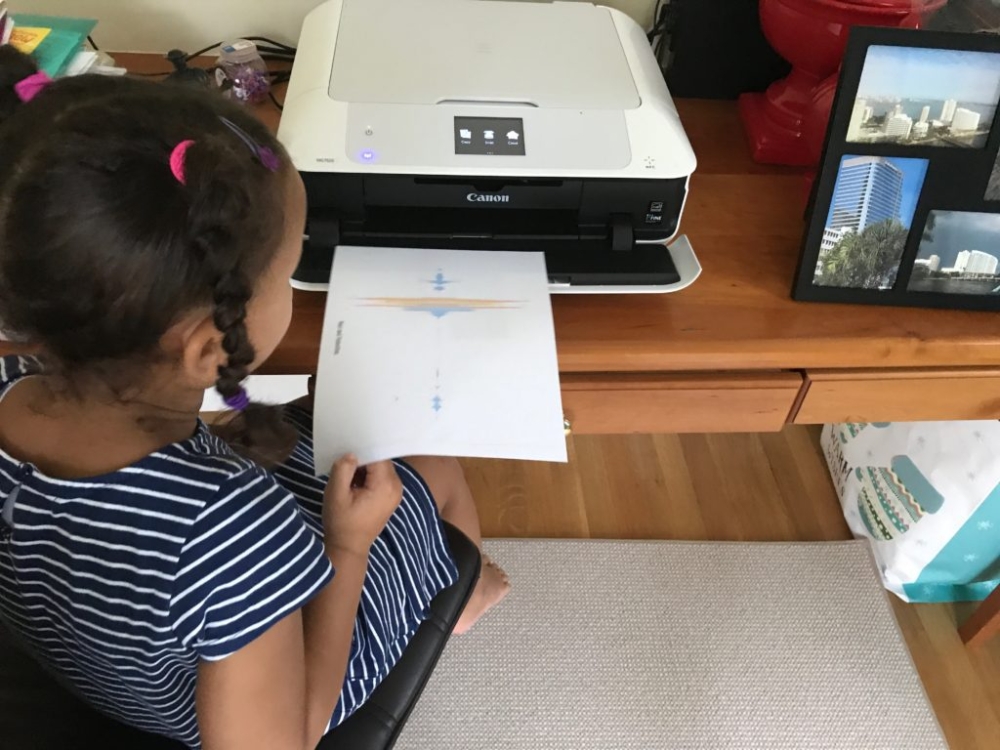
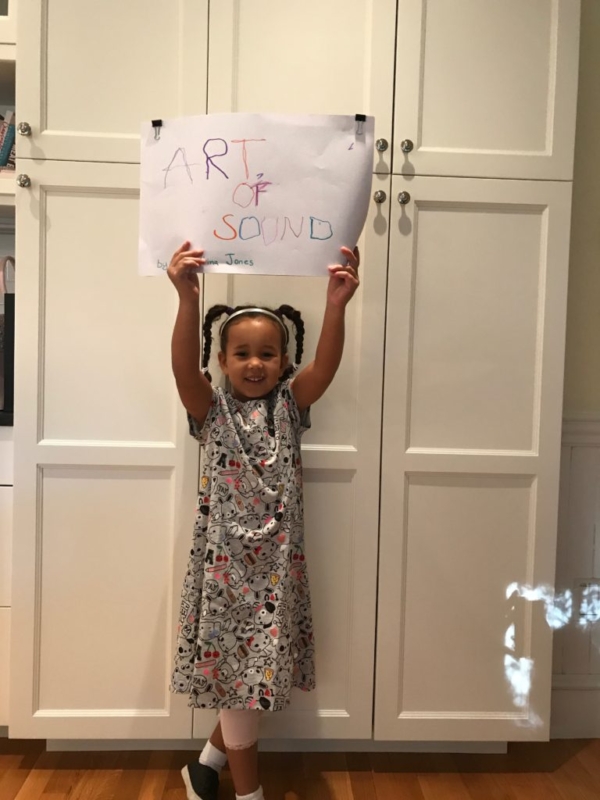
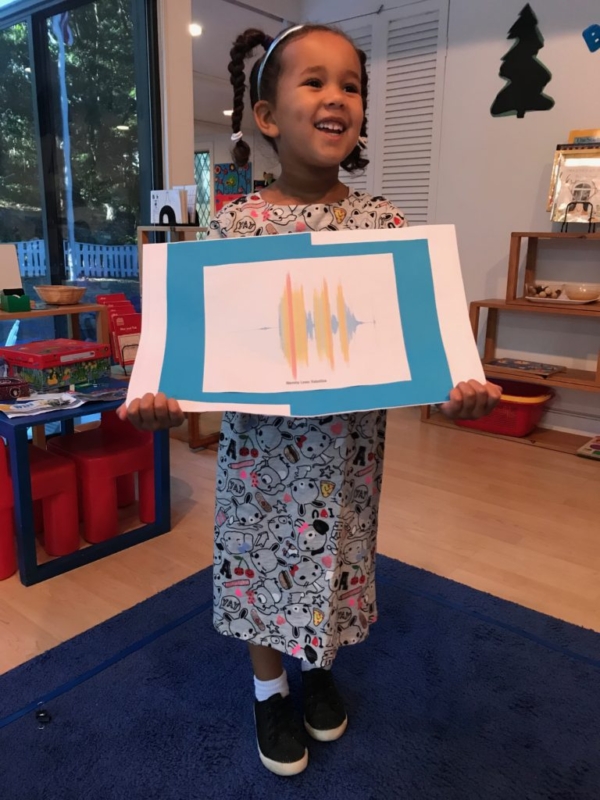
Valentina looks like she should star in a film with that sweet voice and great talent. The flowers and summer sun – what a lovely clip! And special little girl!
Kay, thank you so much for the kind words! We had a blast working on this module : ) I also learned that going to see the Opera can be trickier for a young child than going to see Boston Ballet. We are very excited for the new season!